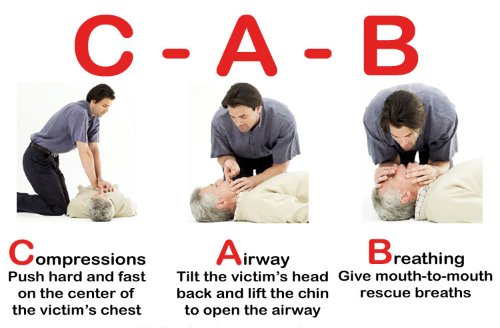2.2 Fundamentals of CPR
When a person breathes, oxygen enters the lungs and is absorbed into the bloodstream. The heart then pumps this oxygen-rich blood throughout the body, delivering it to vital tissues and organs. However, when a person experiences cardiac arrest—whether due to heart failure (more common in adults and the elderly) or severe trauma (more typical in children and infants)—the heart enters a chaotic rhythm known as ventricular fibrillation (VF). If left untreated, the heart may stop beating entirely.
Once the heart stops and oxygen is no longer circulated, the victim’s cells, tissues, and organs begin to die. Brain damage can begin within 4 to 6 minutes, and complete death is likely within 10 minutes of oxygen deprivation.
What is CPR?
Cardiopulmonary Resuscitation (CPR) is a lifesaving technique that mimics the body’s natural heartbeat and breathing functions. When performed correctly, CPR artificially circulates oxygenated blood to vital organs, delaying tissue death and significantly improving the victim’s chances of survival.
The Three Key Components of CPR (C-A-B)
×
The Three Key Components of CPR (C-A-B)
 © FAW Training Solutions – All rights reserved
© FAW Training Solutions – All rights reserved

To perform CPR effectively, remember the acronym C-A-B:
- C – Compressions: Maintain blood circulation by rhythmically pressing on the chest.
- A – Airway: Ensure the airway is clear and open for breathing.
- B – Breathing: Provide rescue breaths to supply oxygen.
Mastering these fundamentals can make the difference between life and death in an emergency. Let's dive deeper into each component and how to apply them correctly.
